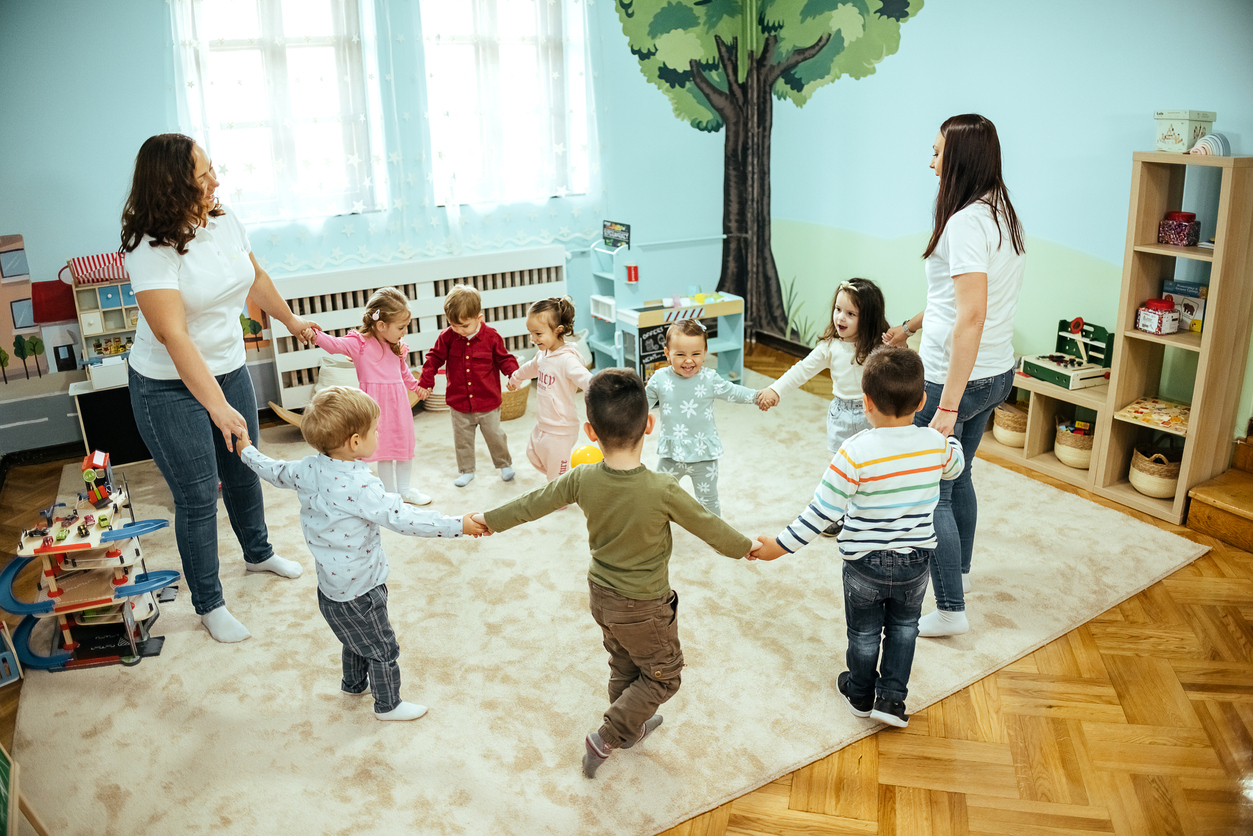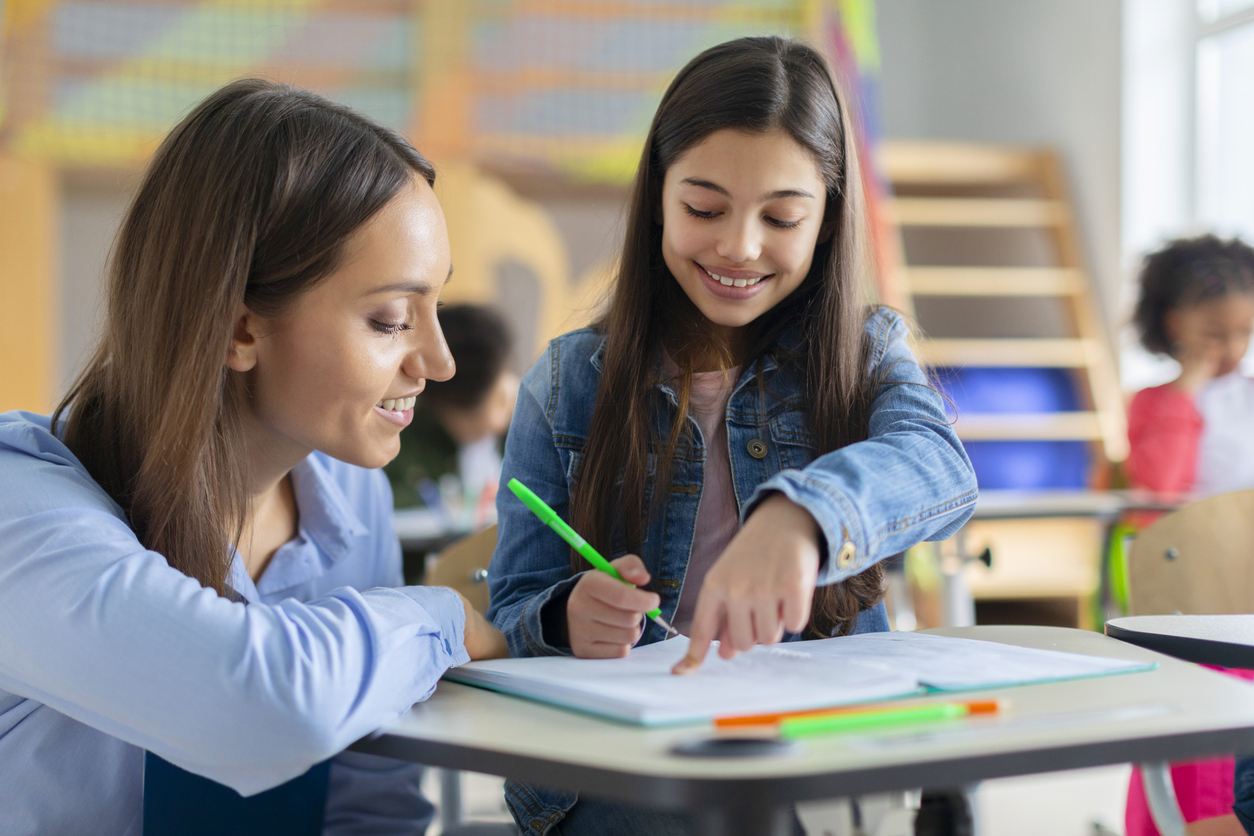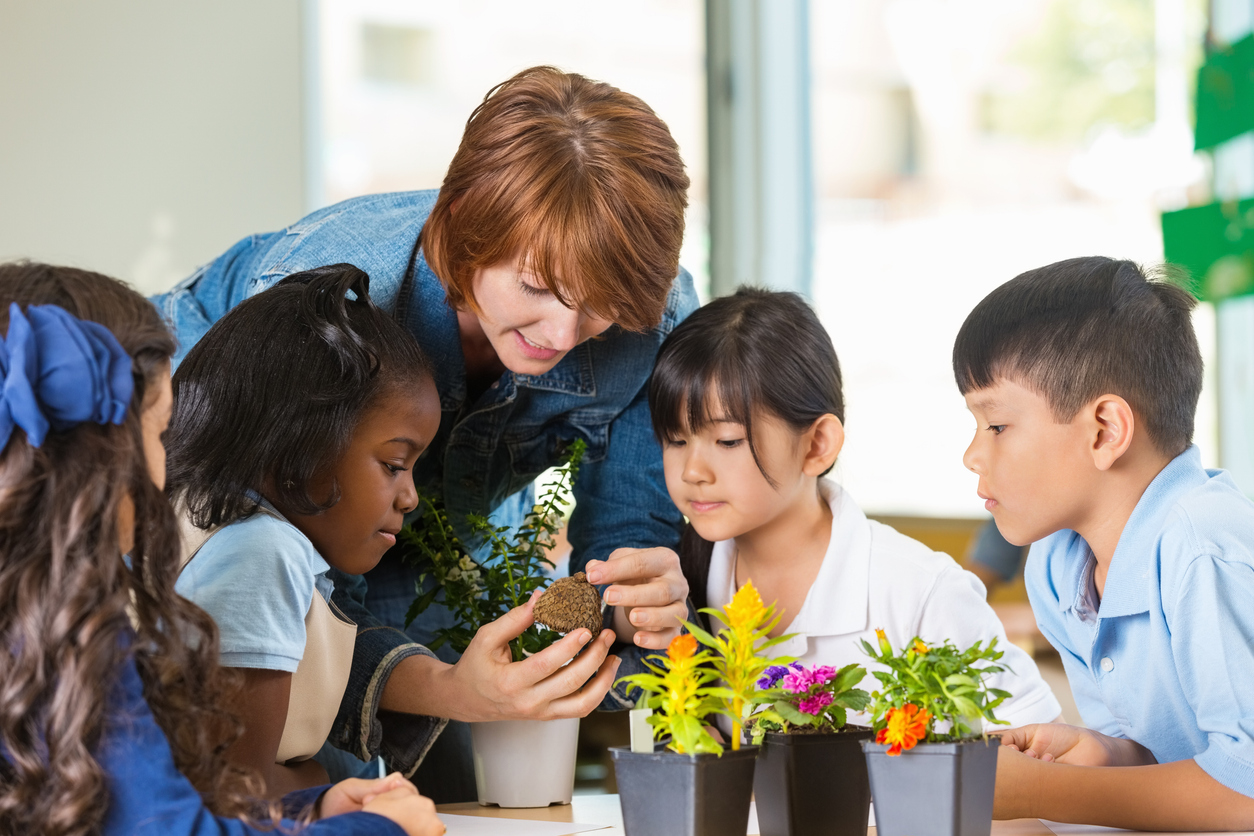Wilson College Online Blog
Benefits and examples of student self-assessments.
Studies suggest that student self-assessments can help students perform better. A study published in the online journal Assessment & Evaluation in Higher Education found that when students evaluate themselves and receive feedback, their grades improve. Feedback literacy means being able to understand and use feedback to improve learning.
Proper student self-assessment goes beyond simple self-rating or guesswork. It involves students evaluating their own work against specific criteria. Then, they can reflect on and judge their performance based on objective and select benchmarks.
The application of self-assessment can vary. Examples of student self-assessment range from using learning logs and reflective journals to rubrics self-assessments. Teachers need to understand how student self-assessment helps students learn so they can properly guide them and advance their educational development.

What Is Student Self-Assessment?
Student self-assessment is an approach that students can apply to gauge how they’re doing in school. This can be accomplished by checking their own work, performance, behavior, as well as understanding what they’ve learned and what they still need to learn. This encourages students to take ownership of their learning and fosters accountability. Examples of student self-assessment activities can include establishing goals, identifying strengths and weaknesses, and setting plans for improvement.
Effective self-assessment means consistently showing students how to think about their own learning through the entire learning process. Insights gained from the self-assessment process can help improve their achievement. Teachers play a critical role in regularly making the process clear to students and removing obstacles for productive self-assessments.
Why Is Student Self-Assessment Important?
Student self-assessment is important for several reasons. It encourages independent learning, enhances learning outcomes, and can potentially reduce teachers’ workloads. It also helps students understand what they are learning and the reasons why they are learning about a particular subject. This understanding is a key to educational growth and helps provide a clear path to follow in their ongoing growth journey.
Student-self assessment also promotes metacognition, which means understanding one’s own thought processes. This helps improve cognitive functions, including problem solving, learning, and decision making.
What Are the Benefits of Student Self-Assessment?
Student self-assessment boosts motivation and engagement by empowering students to take control of their learning. Active involvement in assessing their progress increases their investment in education.
Numerous studies highlight the positive impact of student self-assessment. For instance, a study in the International Journal of Educational Research revealed marked enhancement in writing skills among students who use rubrics compared to those who did not.
Additional examples of student self-assessment benefits include the following.
- Students can evaluate knowledge and learning processes.
- Critical thinking and problem-solving skills can be improved.
- It champions a growth mindset for viewing challenges as opportunities.
Student self-assessment not only benefits students themselves, it provides valuable feedback to educators. This helps teachers gain insights into students’ understanding, strengths, and weaknesses. It also promotes a supportive and inclusive learning environment, as students feel that their perspectives and voices are valued.
7 Examples of Student Self-Assessments
For teachers, discovering effective self-assessment strategies, processes, and tools in collaboration with students is an ongoing journey that demands time and patience. Here are seven examples of student self-assessments.
1. Learning Log
A learning log serves as a personal journal for students to record their thoughts, questions, and experiences on their educational journey. It encourages deep self-awareness, helping students track their growth, identify strengths and weaknesses, and gain insights into their learning patterns. By updating their learning log regularly, students take ownership of their learning, fostering a deeper understanding of their academic development and promoting accountability.
2. Reflective Journals
Reflective journals prompt students to write about their learning experiences, challenges, and achievements, including personal reflections, emotions, and opinions. Such journals encourage deep reflection and enhance self-awareness. Reflective logs, however, differ from learning logs by being more open-ended and less focused on objective data. Journaling in an online format can also be beneficial. It can open versatile reflective tools for students in the form of documents, videos, or audio, fostering richer learning experiences and improved outcomes.
3. Goal Setting
Students can set specific goals that are measurable, achievable, relevant, and timebound (SMART) within their learning logs or reflective journals. Examples of student self-assessment SMART goals can include improving academic performance—more specifically, a student can say: “I will increase my grade from a B+ to an A next marking period.”
Another example of goal setting can include working to increase class participation—for example, establishing a promise to participate in school at least 3 times every day. This approach provides students with clear roadmaps for their learning journey and fosters a sense of accountability.
4. Rubric Self-Assessment
Rubrics can aid in the self-assessment process. This helps students identify areas for improvement and take ownership of their learning process, providing a clear framework to evaluate their own work and gain an understanding of high-quality performance.
Commonly used rubric types in schools include holistic rubrics (an overall performance assessment) and analytic rubrics (a breakdown of performance into separate elements). Another type, developmental rubrics, measure growth along a proficiency scale from novice to expert. Assessment rubrics help students proactively self-assess their work against predefined criteria.
5. Questionnaires or Surveys
Students can regularly fill out self-assessment questionnaires or surveys to reflect on their learning experiences, as well as identify strengths, weaknesses, and improvement opportunities. Examples of student self-assessment questions can include: What did you learn today? Did you try your best on your assignment? Answers to these types of questions can help students set action plans for continuous improvement.
6. Self-Reflection Worksheets
Self-reflection worksheets enable students to reflect on the breadth of their learning experiences, identify areas for improvement, and develop action plans to address those areas. Including action plans in these worksheets empowers students to take tangible steps toward enhancing their abilities, turning self-awareness into a catalyst for growth and development.
7. Exit Tickets
Exit tickets are brief assessments or reflections completed by students at the end of a lesson or class session. They help educators gauge student comprehension, identify areas that need further attention, and tailor future lessons accordingly. Exit tickets also encourage students to reflect on their learning and provide valuable feedback to the teacher.

Become A Transformative Educator
Despite the noted benefits of student self-assessment, putting forward new strategies into practice can come with challenges. If you are looking to incorporate teaching strategies to better connect with students and help improve learning outcomes, an advanced degree in education can prepare you with essential skills to become a transformative educator.
Wilson College Online offers a Master of Education (MEd) degree , covering subjects such as differentiated instruction, best practices, and technology integration. This program hones teaching skills through both research and classroom practices. It also offers educators the flexibility to continue teaching in their current district, thanks to the program’s asynchronous self-paced model.
Discover how the Wilson College Online Master of Education degree can empower you to further impact the lives of students.
Recommended Readings
Pros and Cons of Education Apps for Toddlers
Special Education Teacher Salary and Career Overview
Tips for Building an Engaging Special Education Classroom
ASCD, “How to Provide Better Feedback Through Rubrics”
Assessment & Evaluation in Higher Education, “Self-assessment is About More Than Self: The Enabling Role of Feedback Literacy”
EducationWeek, “Rubric Do’s & Don’ts”
Edutopia, “Teaching Students to Assess Their Learning”
E-Learning Heroes, “Using Learning Journals in E-Learning #344”
International Journal of Educational Research Open, “Examining the Impact of Self-assessment with the Use of Rubrics on Primary School Students’ Performance”
Kami, “How to Use SMART Goals for Your Students”
NWEA, “2 Types of Student Goal Setting that Empower Early Learners”
NWEA, “Proof That Student Self-Assessment Moves Learning Forward”
ProProfs, “Self-Assessment for Students: The Ultimate Guide”
Recent Articles

What Is the Reggio Emilia Approach in Early Childhood Education?
Wilson College
Nov 7, 2024

What Is Trauma-Informed Teaching?

Can I Teach Private School Without Certification?
Nov 6, 2024
Learn more about the benefits of receiving your degree from Wilson College Online
- On Campus Programs
- Tuition & Financial Aid
- Master's Degrees
- Bachelor's Degrees
- Education Degrees
- Nursing Degrees
- Business Degrees
- Frequently Asked Questions
Center for Teaching Innovation
Resource library.
- Exam Wrapper Examples
Self-Assessment
Self-assessment activities help students to be a realistic judge of their own performance and to improve their work.
Why Use Self-Assessment?
- Promotes the skills of reflective practice and self-monitoring.
- Promotes academic integrity through student self-reporting of learning progress.
- Develops self-directed learning.
- Increases student motivation.
- Helps students develop a range of personal, transferrable skills.
Considerations for Using Self-Assessment
- The difference between self-assessment and self-grading will need clarification.
- The process of effective self-assessment will require instruction and sufficient time for students to learn.
- Students are used to a system where they have little or no input in how they are assessed and are often unaware of assessment criteria.
- Students will want to know how much self-assessed assignments will count toward their final grade in the course.
- Incorporating self-assessment can motivate students to engage with the material more deeply.
- Self-assessment assignments can take more time.
- Research shows that students can be more stringent in their self-assessment than the instructor.
Getting Started with Self-Assessment
- Identify which assignments and criteria are to be assessed.
- Articulate expectations and clear criteria for the task. This can be accomplished with a rubric . You may also ask students to complete a checklist before turning in an assignment.
- Motivate students by framing the assignment as an opportunity to reflect objectively on their work, determine how this work aligns with the assignment criteria, and determine ways for improvement.
- Provide an opportunity for students to agree upon and take ownership of the assessment criteria.
- Draw attention to the inner dialogue that people engage in as they produce a piece of work. You can model this by talking out loud as you solve a problem, or by explaining the types of decisions you had to think about and make as you moved along through a project.
- Consider using an “exam wrapper” or “assignment wrapper.” These short worksheets ask students to reflect on their performance on the exam or assignment, how they studied or prepared, and what they might do differently in the future. Examples of exam and homework wrappers can be found through Carnegie Mellon University’s Eberly Center.

IMAGES
VIDEO